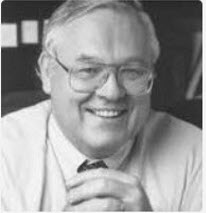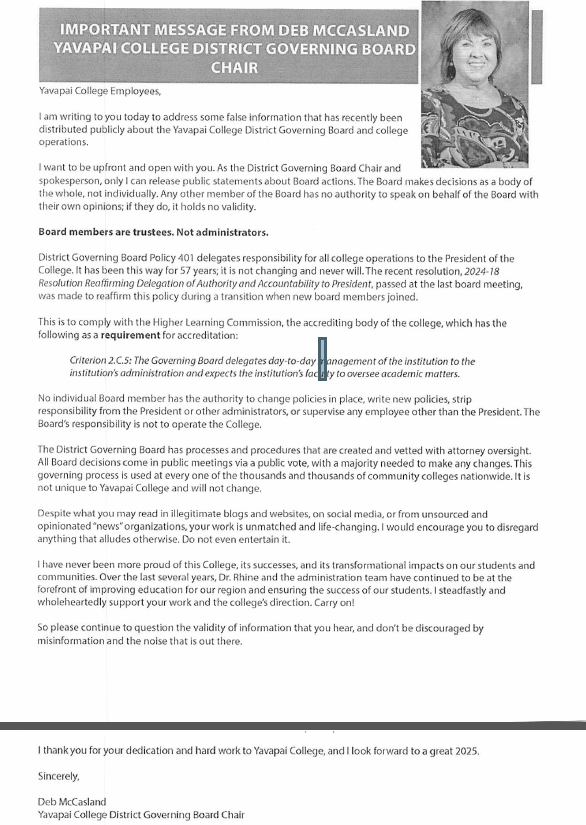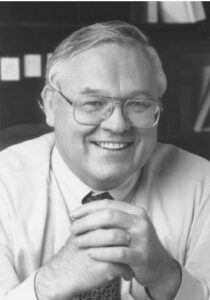Community College executives have repeatedly snuffed out promising Sedona and Verde Valley programs—programs that were once heralded as transformative—only to redirect resources and opportunities to Prescott
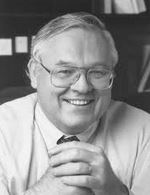
Commentary by Robert E. Oliphant
Opinion: With a simple flick of the wrist, Yavapai Community College executives have repeatedly snuffed out promising Sedona and Verde Valley programs—programs that were once heralded as transformative—only to redirect resources and opportunities to Prescott. The result? Millions poured into Prescott’s coffers while Sedona and the Verde Valley watched their dreams of robust local education wither.
- Regional Career and Technical Education Center: A Promised Future Cut Short
In 2000, hope surged across Sedona and the Verde Valley as citizens approved a $69.5 million bond for Yavapai Community College, envisioning that a tiny part of those millions would be spent on creating a Regional Career and Technology Education Center (CTEC) on the Verde Campus in Clarkdale. A federal grant of over $1 million further fueled excitement. College officials promised transformative workforce development:
“[The CTEC] will provide much-needed educational space and resources to further develop job training programs… This is an exciting and unique opportunity for northern Arizona residents to gain work-related skills that will allow citizens to seek immediate employment or increase their level of income.”
But while the Center promised to upskill workers for both existing and emerging industries, it needed care and cultivation—neither of which came from the Prescott-centric leadership.
Just as the fledgling center was attempting to take root, Yavapai College abruptly undercut the effort. This occurred in April 2007, when College leadership authorized purchasing a massive 108,000-square-foot building in Prescott for its Career and Technical Education campus (CTEC). The Verde Valley center was then shuttered before it could mature, while the future of technical education was diverted over Mingus Mountain. The excuse for abandoning the Verde Valley? Alleged low Verde Valley student interest—a claim all too familiar to this region.
This instance signals the start of an ongoing pattern of aggressive and opportunistic decision-making that has defined Prescott Community College leadership ever since.
- The Sedona Film Institute: National Recognition, Local Neglect
Next on the chopping block: the nationally renowned Zaki Gordon Film Institute, opened in 2000 in Sedona in partnership with Yavapai Community College. Demand was immediate and overwhelming—500 students clamored to enroll in a program designed for 100. Plans were made to acquire up to 80 acres from the Coconino National Forest to accommodate the surge.
Keith Harwood, a Yavapai official, acknowledged the crisis:
“We’re bursting at the seams… We expected 100 students, and we have 500.”
Yet, the expansion never materialized. While the Film Institute thrived, gaining international recognition, its success was short-lived. A public dispute between Yavapai College leadership and the Institute’s founder, Dan Gordon, over management and curriculum changes led to the Institute’s 2011 exit for Liberty University in Virginia. Prescott based Yavapai Community College leaders claimed the program would continue—promising enhancements and expansions—but failed to deliver.
By 2013, neglect and broken promises resulted in the near-total collapse of film education at the College’s Sedona Center. Then, in a stunning move, the College unveiled a $103 million, decade-long capital plan allocating over 95% of funds for Prescott projects. The Sedona Center was to be shuttered and was getting readied for sale, with a vague promise of leasing other facilities for limited community programs.
Public outrage across Sedona and the Verde Valley forced the Board and administration to back down. Yet, by 2015, the Sedona Center had dwindled to a shadow of its former self, offering only a handful of courses. It was then closed by Prescott leadership while talks with the community about its future were held.
The last traces of the Film Institute now find themselves woven into the expanding film program on the Prescott campus. Sound familiar?
- Culinary School: History Repeats Itself
Under mounting community pressure, the College repurposed the Sedona Center from a film school into a culinary institute. It opened in 2017 after extensive renovations costing from $3 to $5 million, promising a fresh start. Initial enrollment was strong. However, the program suffered from the same fatal flaws as its predecessors: minimal marketing, no investment in housing for students, and little support for development from Prescott leadership.
Predictably, the culinary program followed the path of the CTEC and Film Institute—starved of resources and attention, destined to falter. In April 2025, the College made the closely guarded decision to close the Culinary Institute, a move that appeared calculated to avoid the intense public criticism it encountered during the Film School’s closure. In the fall 2025 students are to enroll in the newly constructed culinary training facility built on the Prescott Campus. Sound familiar?
Lessons for the Verde Valley
The pattern is unmistakable. Yavapai Community College’s leaders excel at promising big, nurturing programs just enough to attract attention and funding, and then—with a quiet “poof”—cutting them off at the knees while building almost identical facilities and funneling additional resources to Prescott. Sedona and the Verde Valley are left to pick up the pieces.
Residents deserve more than hollow promises and token gestures. They deserve a real commitment from Yavapai Community College’s leadership to build and sustain educational opportunities that genuinely serve and empower their communities. But after half a century of neglect, it’s clear that Prescott’s leaders don’t see Sedona and the Verde Valley as partners in education—they see them as cash cows. The only reason they cling to these communities is for the 28 to 30 percent of property tax revenue siphoned across the mountain, funding Prescott’s grand plans while leaving Sedona and the Verde Valley with little more than broken promises and abandoned dreams.
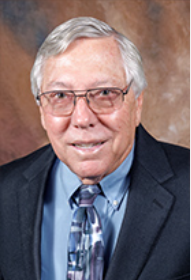
 OPINION: In a perplexing display of opacity, the chairperson of Yavapai Community College’s District Governing Board, Ms. Deb McCasland, has repeatedly insisted that unspecified “safety concerns” prevent the Community College’s District Governing Board from holding in-person public meetings. (For example, in-person public meeting on the Verde Campus once scheduled for this month.) Yet, despite weeks passing since announcing there were “safety concerns,” she refuses to elaborate on what these concerns entail or provide any evidence to substantiate them.
OPINION: In a perplexing display of opacity, the chairperson of Yavapai Community College’s District Governing Board, Ms. Deb McCasland, has repeatedly insisted that unspecified “safety concerns” prevent the Community College’s District Governing Board from holding in-person public meetings. (For example, in-person public meeting on the Verde Campus once scheduled for this month.) Yet, despite weeks passing since announcing there were “safety concerns,” she refuses to elaborate on what these concerns entail or provide any evidence to substantiate them. OPINION: Some members of the Yavapai Community College District Governing Board seem to harbor a strong dislike for the newest elected member, William Kiel. (Most likely viewing him as asking too many questions; being too persistent, wanting greater transparency, and doesn’t necessarily agree with all their views.) That animosity became evident at the outset of the February 18 Board meeting when Kiel attempted to speak to a motion before it had been voted on. In response, the Chair McCasland employed a sleight-of-hand maneuver to pass the motion, bending procedure just enough to disguise what some feel was her real intent, which was to muzzle Kiel.
OPINION: Some members of the Yavapai Community College District Governing Board seem to harbor a strong dislike for the newest elected member, William Kiel. (Most likely viewing him as asking too many questions; being too persistent, wanting greater transparency, and doesn’t necessarily agree with all their views.) That animosity became evident at the outset of the February 18 Board meeting when Kiel attempted to speak to a motion before it had been voted on. In response, the Chair McCasland employed a sleight-of-hand maneuver to pass the motion, bending procedure just enough to disguise what some feel was her real intent, which was to muzzle Kiel. OPINION: Fourth District Yavapai Community College District Governing Board member Patrick Kuykendall launched a vicious personal attack on First District Representative William Kiel during the February 18 Governing Board meeting. The outburst occurred amid a discussion on the authority and accountability of Yavapai’s president, Dr. Lisa Rhine, and the adoption of a resolution that vested virtually all power in her.
OPINION: Fourth District Yavapai Community College District Governing Board member Patrick Kuykendall launched a vicious personal attack on First District Representative William Kiel during the February 18 Governing Board meeting. The outburst occurred amid a discussion on the authority and accountability of Yavapai’s president, Dr. Lisa Rhine, and the adoption of a resolution that vested virtually all power in her. OPINION: At Yavapai Community College, President Dr. Lisa Rhine’s leadership has fostered a pervasive culture of fear among faculty and staff. Employees risk termination for as little as engaging with a District Governing Board member or responding to media inquiries—a directive Dr. Rhine has enforced with unmistakable clarity.
OPINION: At Yavapai Community College, President Dr. Lisa Rhine’s leadership has fostered a pervasive culture of fear among faculty and staff. Employees risk termination for as little as engaging with a District Governing Board member or responding to media inquiries—a directive Dr. Rhine has enforced with unmistakable clarity.

